Entering a New Creative Realm by “Painting with Sound”
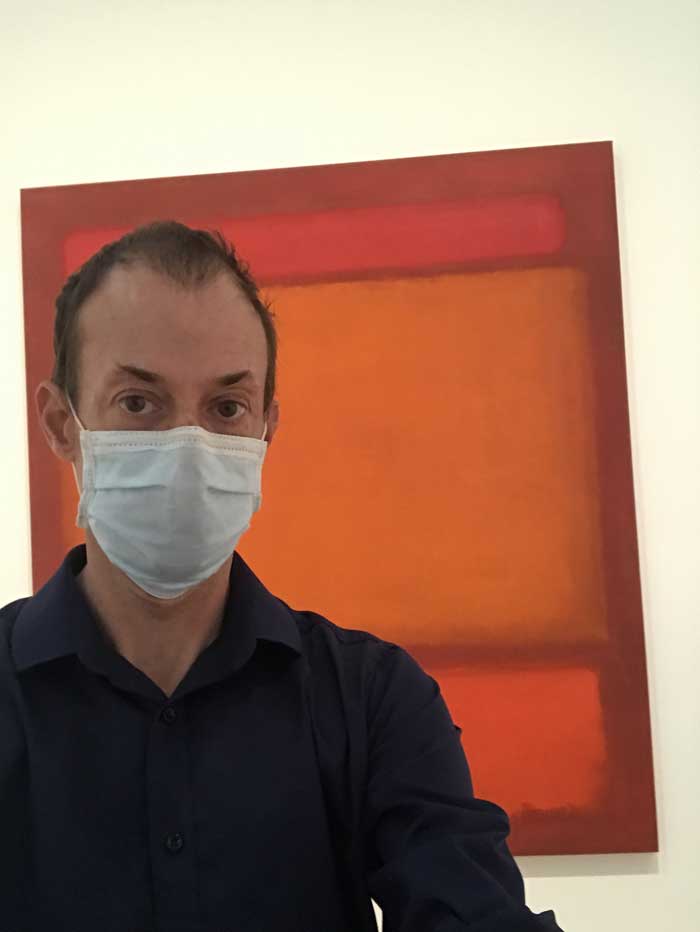
We have two lives: the one we learn with and the one we live after that.
— Bernard Malamud
Part 1
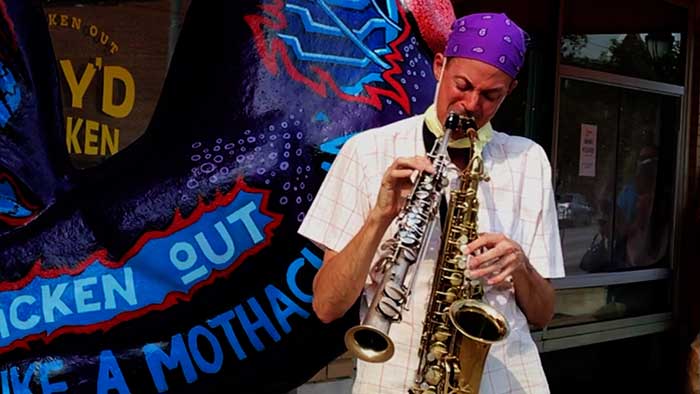
A few years ago I walked into a saxophone shop and asked the owner if he had heard a certain recording by legendary avant garde composer and saxophonist John Zorn. I was making musical chit chat while shopping for reeds and hoping to get a pad or some such thing changed on my old Conn soprano. Before the owner had a chance to reply I heard a voice say “you would like that kind of music.” From the corner of my eye I saw my critic disappear down the hall to resume their duties at the repair bench.
Back then I was one of the most active adjunct college instructors in the subjects of saxophone and jazz improvisation in town. I had also built a community college audio production program from scratch. The comment lingered in my brain for less than ten seconds that day as I’ve been hearing such reactions for many, many years.
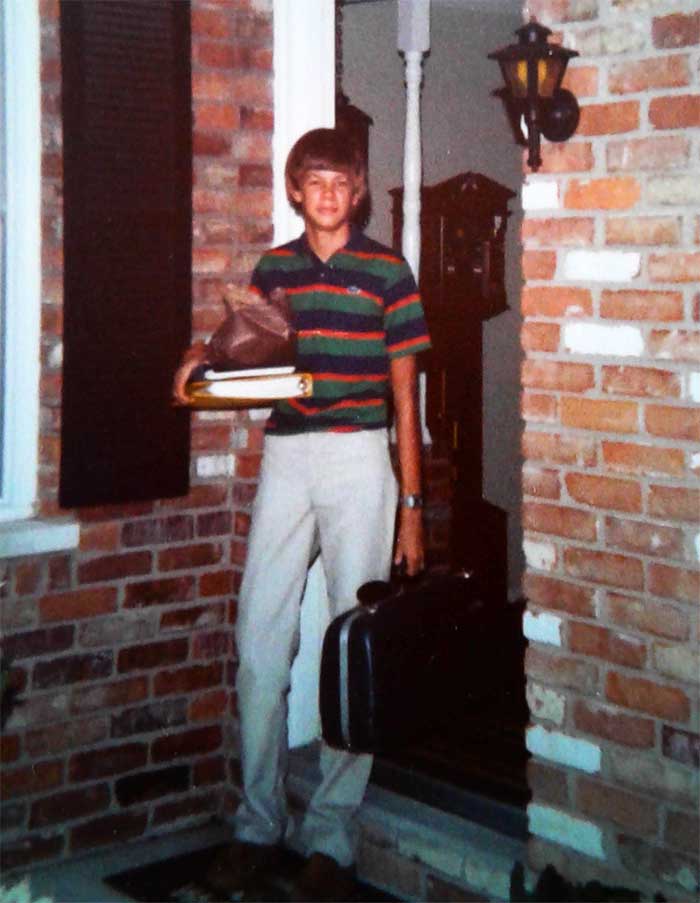
My childhood was an artistic void. The radio in the Corvair, Pinto, or Nova was always “tuned” to off. Johnny Mathis Christmas album, church every Sunday, before football of course, and maybe some Elvis when the “hifi” was hooked up for a couple weeks a decade as I recall. Never any Dylan. The Kingston Trio was as close to Coltrane as my parents ever put into the air. Mom and Dad had never heard of Ornette Coleman. The parents at my all boys high school fought to keep girls segregated at the so-called “sister” schools from taking advanced math classes with their sons. The classes were not offered at their “all girls” school.
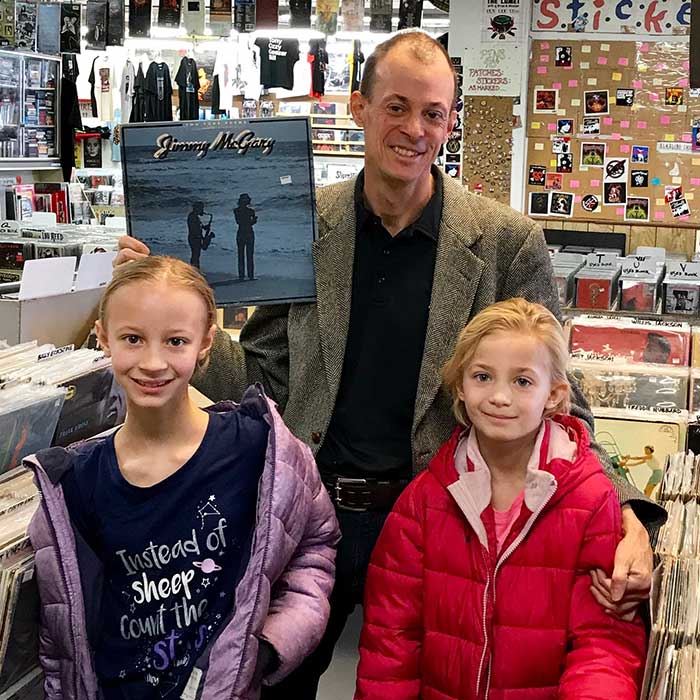
I am unable to forget purchasing my very first recordings from the 99 Cent “cut out” bins at Everybody’s Records in Cincinnati, Ohio. I had tagged along with some older kids from school who were really into progressive rock.Bands like YES and RUSH and ELP (Emerson Lake and Palmer).
It was the “Big 80’s” and the Prog Rock kids didn’t brutally mock me carrying my sax case or knock my books out of my hands between classes. They were the coolest kids I had ever met.
A few steps away, on the other side of the store, was a secret world I wasn’t even prepared to imagine and for reasons I will never know I was ready.
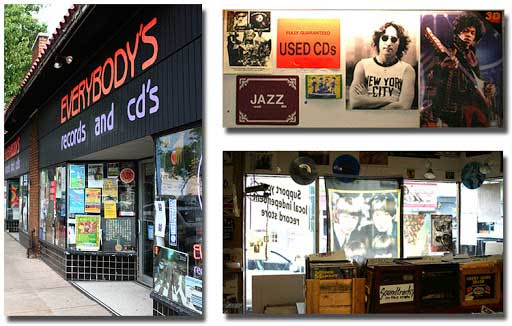
The first album I took home was Fanfare For The Warriors by The Art Ensemble of Chicago. The only “jazz” I had ever heard was on Radio Free Newport, a low power “dawn to dusk” radio station called WNOP that floated in the Ohio River.They don’t play The Art Ensemble on the radio in Ohio very often then or now. Something about the cover captured my attention. Indoctrinated since the day I was born to believe “Warriors” played football I was being forced to waste my time and talents at their games while enduring endless practice for the halftime show on a dusty field. Right after Hector and Achilles finished up preening for their epic battles under the “Friday Night LIghts” of course. It would take me decades to realize what was being taken from me.
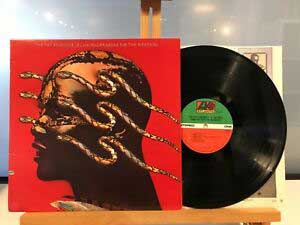
Frank Deford’s columns in Sports Illustrated were the only real literature my parents ever paid for. I read each column out loud over and over lingering on the rhythm and the sound of the words. I learned it was OK to be original from Frank and would meet him in South Beach at the pool bar at the Clevelander while being the tenor guy on Cruise Ships in the early 1990’s.
My grandmother Betty was the one who taught me to think. She had given us a used set of The Compton’s Encyclopedia at least a decade out of date when I was in early grade school. By the time I left home I had read every single volume cover to cover three times and finished third in the University of Cincinnati All-City Science fair in the 8th Grade. The nuns would award me the grades of D in Science and F in Math a few weeks after picking up my ribbon. Around the same time I would uncover Hemingway’s Big Two Hearted River in a pillar of decaying copies of Field and Stream magazine at my Uncle’s fishing trailer and hear the connections.
Frank taught me style and how to hold a crowd. Betty taught me to make sure to check my facts. When I walked on stages at Sloppy Joe’s, Rumrunners or Hogg’s Breathe in Key West and blew the room apart with my first old Conn Soprano that winter in 1994 I was finally me.
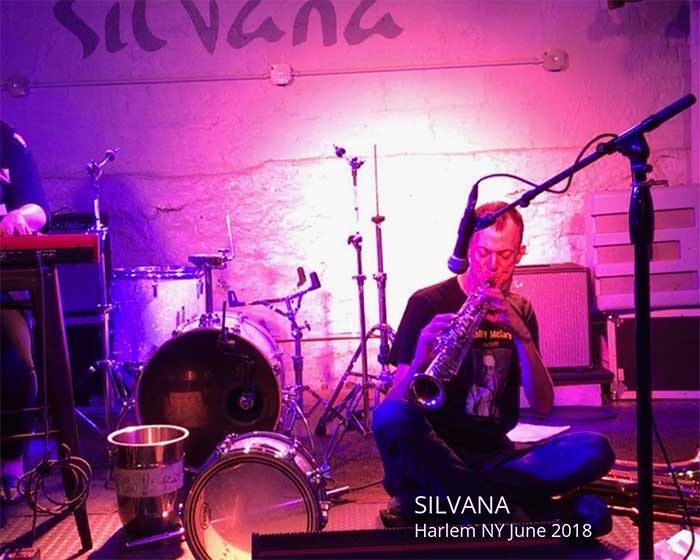
No student was permitted to play an instrument at my school without spending 60% of their time celebrating football. When I asked for an exception my senior year, after making lead alto in the all city jazz band, the band director said “you can drop the class.” He got paid a large stipend from the athletic department budget I learned years later. The Band Director skipped a lot of games to play weddings on keyboards. He was teaching at his alma mater and had dreamed of being a rock star. Saxophone was his principal instrument while earning his teaching degree at Oxford, the one in Ohio cited as a Top 10 “Party School” in Playboy Magazine for many years in a row . I never heard the teacher responsible for my music education play a single note on the saxophone in four years. It was that kind of school and everyone drank a lot from freshman year on.
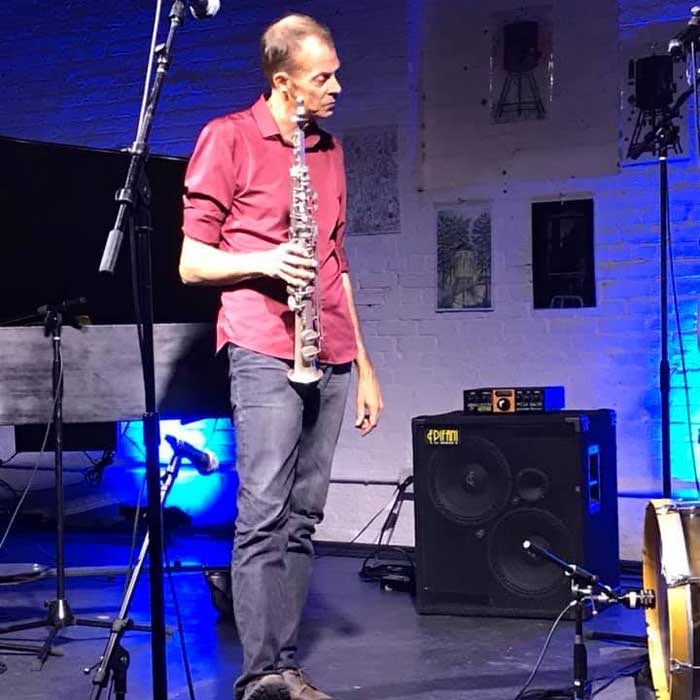
My second choice that afternoon exhausted my funds and featured a picture of a trumpet elegantly poised, on ice, in a champagne pail with the perfect garnish of frost.
One of the older kids in my school’s stage band had passionately recommended this artist to me. I suspect after all these years his “sphere of possibility” when it came to instrumental music was this singular musician. It was that kind of school. When I dropped the needle on the record I heard a large band with a trumpet soloist playing at maximum volume in the extreme range of the instrument over the most popular movie theme song of the era.
By the next day my new favorite music in the world was driving my father crazy and the “ice bucket” record was on its way to a landfill. The process of discovery and discernment had begun. It was my musical Big Bang.
“Nobody wins unless everybody wins” -Bruce Springsteen
PART 2
“Creativity always begins with not knowing. It begins with a question.” -Beau Lotto
Complex activities and concepts are nearly always counterintuitive. These actions defy “common sense” and as I often say in workshops, “you can’t figure it out unless you can already do it.” This is why the arts were passed from person to person for tens of thousands of years until the internet, in the blink of an eye in evolutionary time, changed a participation system into a distribution system. There was no wifi in the French caves where some of the greatest paintings ever made were created 30,000 years ago. Human beings were not designed. They were pressured by the laws of physics into existence. Evolution produced every aspect of what it is to be human including the parts we have yet to fully understand. Without a goal of any kind.
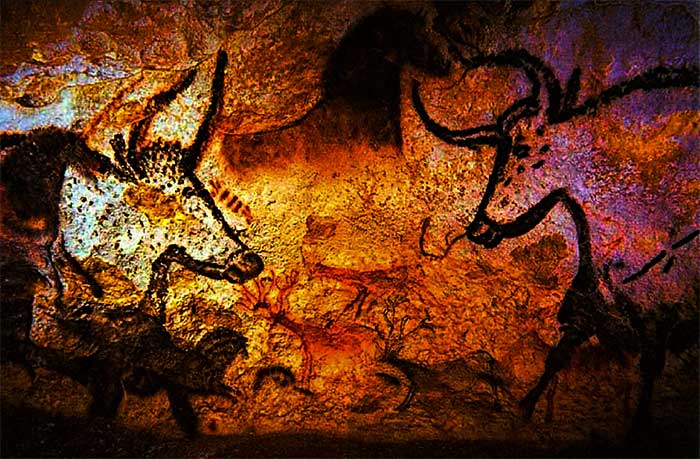
Jump back that 30,000 years to ancient France. Of course the word France did not exist back then nor likely any concept of nationhood. Homo Sapien Sapiens with structurally the same brains you and I have lived in small bands of hunter gatherers. They used natural caves to protect themselves from the many predators who regularly dined on them. This is where Art as we recognize it likely began. (and nobody spoke French)
The composers of these works transferred and transformed the “outside” world into a second world. The “inside” world. Perhaps it was as simple as pretty pictures are nice to come home to after a hard day of killing red deer and gathering roots and seeds for the family meal. Binding dry pigments with a lubricant, likely their saliva, our ancestors simultaneously establish Chemistry and Art.
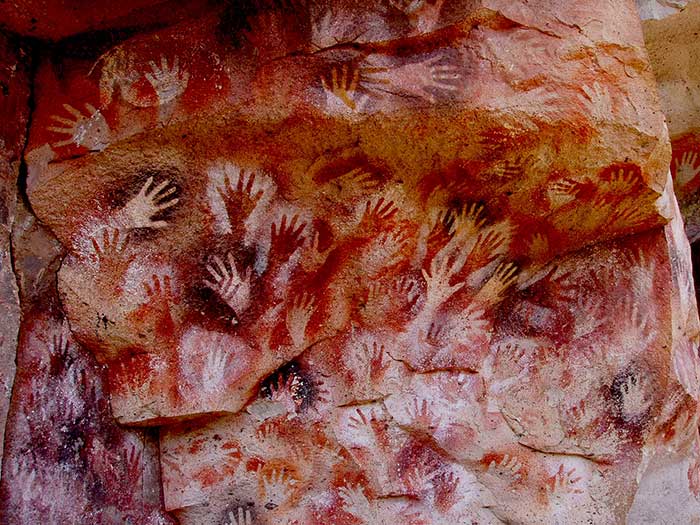
The repair person could not have had a different reaction to my comment regarding the music of John Zorn. The highly personal and often wildly experimental music of Zorn was so far outside of their musical experience and their sphere of possibility that it caused a chemically registered state of uncertainty in their brain. According to Dr. Lotto “uncertainty is such a dangerous thing that evolution has created a brain that tries to avoid it altogether.” This is exactly what happened that day in the sax shop.
The following exercises were designed to give musicians the opportunity to explore a highly experimental technique while reducing the amount of biological uncertainty. Our brains are wired to protect us from danger. The fear of the unknown is as human as walking upright and language. These exercises provide a framework to overcome this dilemma.
“Jump in the water. Come on baby get wet with me.”
-Peter Gabriel
Painting in Sound Warm up Exercise
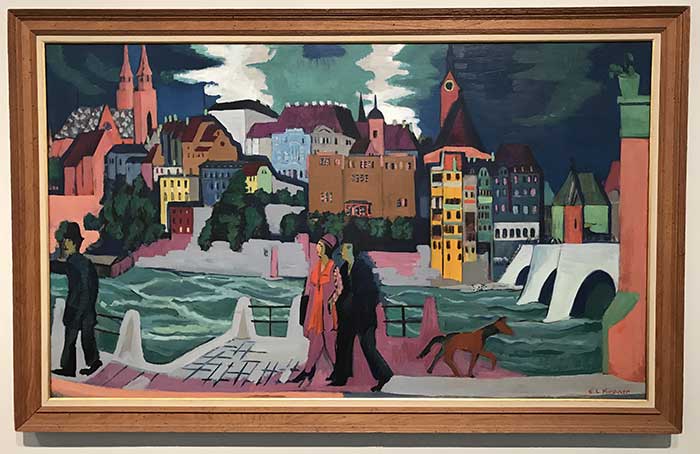
Study the painting for a few minutes. Ask yourself questions like, “what season is it in the city depicted?” “What period in history are the subjects portrayed in?” “Where in the world might this city be located?” Now with your instrument in hand imagine you are in the picture. You have your case open on the sidewalk playing for contributions. What would the music sound like coming out of your horn? Consider everything you see. Now play that music.
Painting with Sound Exercise 1
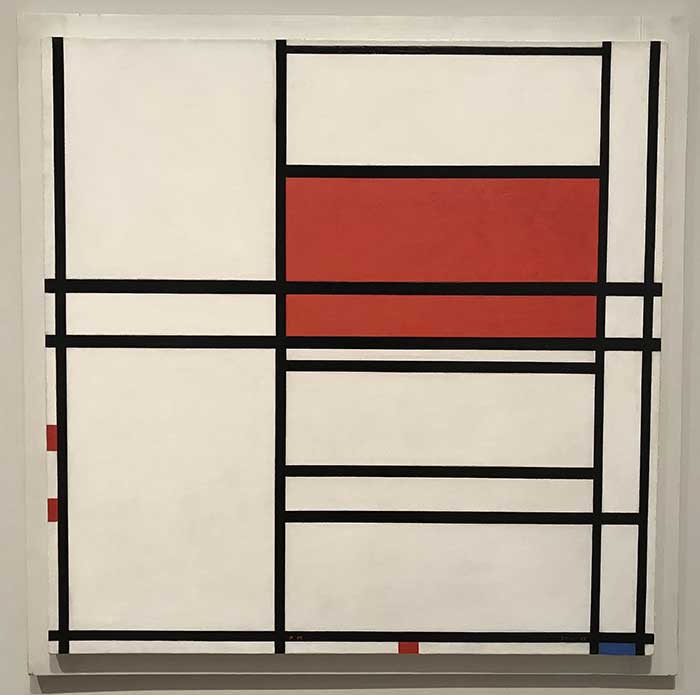
Study the elements of this work. Vertical and horizontal lines create a number of rectangles. Some are creme colored and some are red. There is one blue rectangle.
Let’s assign each element a musical role. The creme colored rectangles will be read as silence. The larger the area of the rectangle the longer the silence. The red rectangles will be read as long connected pitches with heavy vibrato. The blue rectangle will be read as notes played only in the high range, palm keys on the saxophone, very quickly and very softly. The horizontal lines will be read as the chromatic scale played using only lines of 8th notes. The vertical lines will be lines of 8th notes only using the whole tone scale. Start in the lower left hand corner of the painting and work your way up and across the painting until you have “played” every musical gesture on the canvas.
Painting with Sound Exercise 2
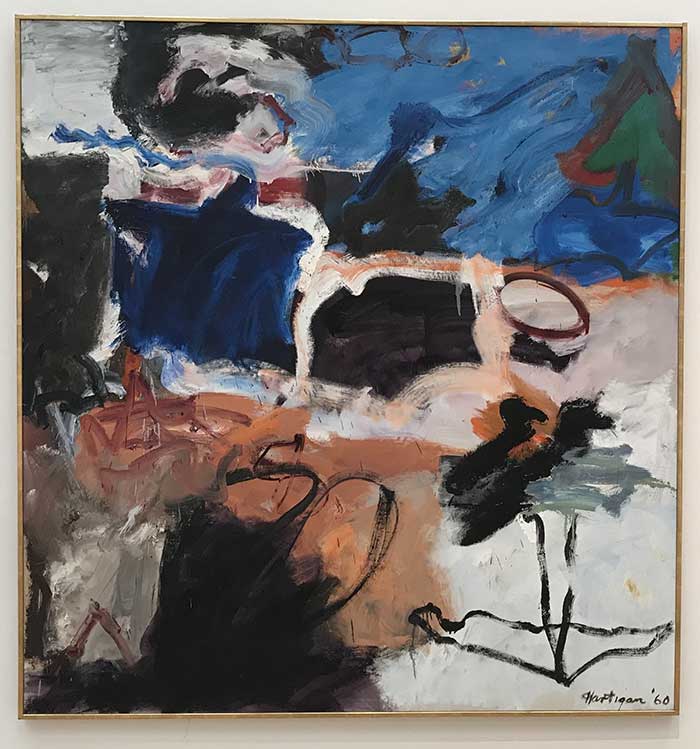
The purpose of this exercise is to experiment with tone color, vibrato and dynamics. Play this painting without a steady beat of any kind. Also known as “non-metric” playing or “playing out of time.” Spend some time thinking about which colors you find to be the most vibrant or intense. The color you noticed first is a good way to start this process. Assign some musical colors to the colors in the painting. For example the bright blue is played with fast vibrato and a bright sound. In contrast the grey areas are played with a dull sound and no vibrato at a medium volume. Spend a few minutes preparing and then as your eyes scan the image adjust the sound to match.
This concept was explained to me a long time ago by my favorite saxophonist Mr. David Liebman in his books and at his Saxophone Masterclass which I attended in 2010. Lieb calls this concept “grafting.” The highlight of the week for me was performing my solo saxophone composition Five In The Afternoon. It is a setting of the text of the famous poem by Fransico Garcia Lorca. The story is about the death of a bullfighter. Grafting may open the door to a richer experience with what you are musically most familiar with, guide you to a deeper means of expression, and increase your space of possibility.
Epilogue
John Zorn and Christopher Braig attended Webster University in St. Louis and both refuse to talk about it. Joey Barron is the drummer on two of the records that informed this article and played on Jimmy McGary’s only high quality recording with Fred Hersch on piano and Michael Moore on bass in 1987. The music is featured in Christopher’s 2019 New York Jazz Film Festival award winning film Jimmy McGary The Best Jazz You Never Heard.
The “you would like that kind of music” repair person did a great job on my soprano that day.
REFERENCES
Beau Lotto: The Neuroscience of Creativity, Perception, and Confirmation Bias Big Think Video
David Liebman: Self Portrait of a Jazz Artist & Developing Personal Saxophone Sound
Malcom Gladwell: Tipping Point
Sam Harris: Free Will
John Zorn Selected Listening
News For Lulu 1987
My film career began with News For Lulu but I wouldn’t know it for thirty more years.
“There are hints of the avant-garde here and there, but also plenty of swinging, bop-oriented solos and coherent ensembles. Very intriguing music that is highly recommended to a wide audience of jazz and general listeners” -Scott Yanow
Spillane 1987
“Zorn wrote Spillane on a series of index cards, each containing an outline or instruction for the musicians that was intended to evoke scenes from one of Spillane’s novels. One card states: “Scene of the crime #1 — high harp harmonics, basses and trombone drone, guitar sonorities, sounds of water dripping and narration on top. Thus, the musicians are not given traditional sheet music, but a series of cues or outlines that encourage improvisation.” -Wikipedia
Naked City 1990
“The group Zorn assembled for the material recorded on Naked City would later become a band in its own right known under the same name; the lineup was Zorn on alto saxophone with Bill Frisell on guitar, Wayne Horvitz on keyboards, Fred Frith on bass and Joey Baron on drums. The group was established in 1988 as a ‘compositional workshop’ to test the limitations of a rock band format.
The album consists of several covers of movie themes, one jazz standard, and original compositions by Zorn, including several “hardcore miniatures” which would later be compiled on the album Torture Garden. The project, especially on this album, was noted for wildly juxtaposing various musical genres in rapid succession.” -Wikipedia
Christopher Braig teaches saxophone, composition, improvisation and recording techniques for musicians online from his hybrid analog/digital studio. He is particularly good at dealing with students who are interested in music but have very little experience. Christopher’s approach to teaching is patient, very creative and his approach is collaborative. He is dedicated to helping his students build a creative space and take responsibility for the music coming out of their horn. He is currently accepting students of all ages from every walk of life.





